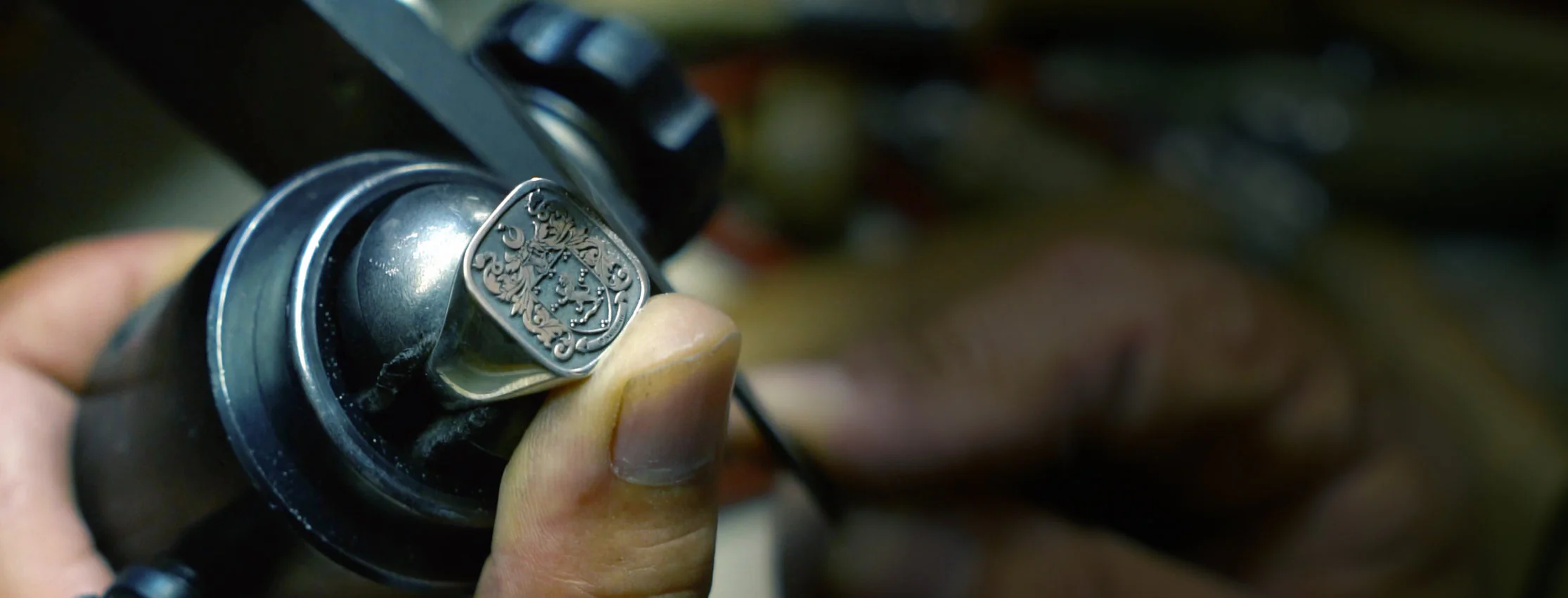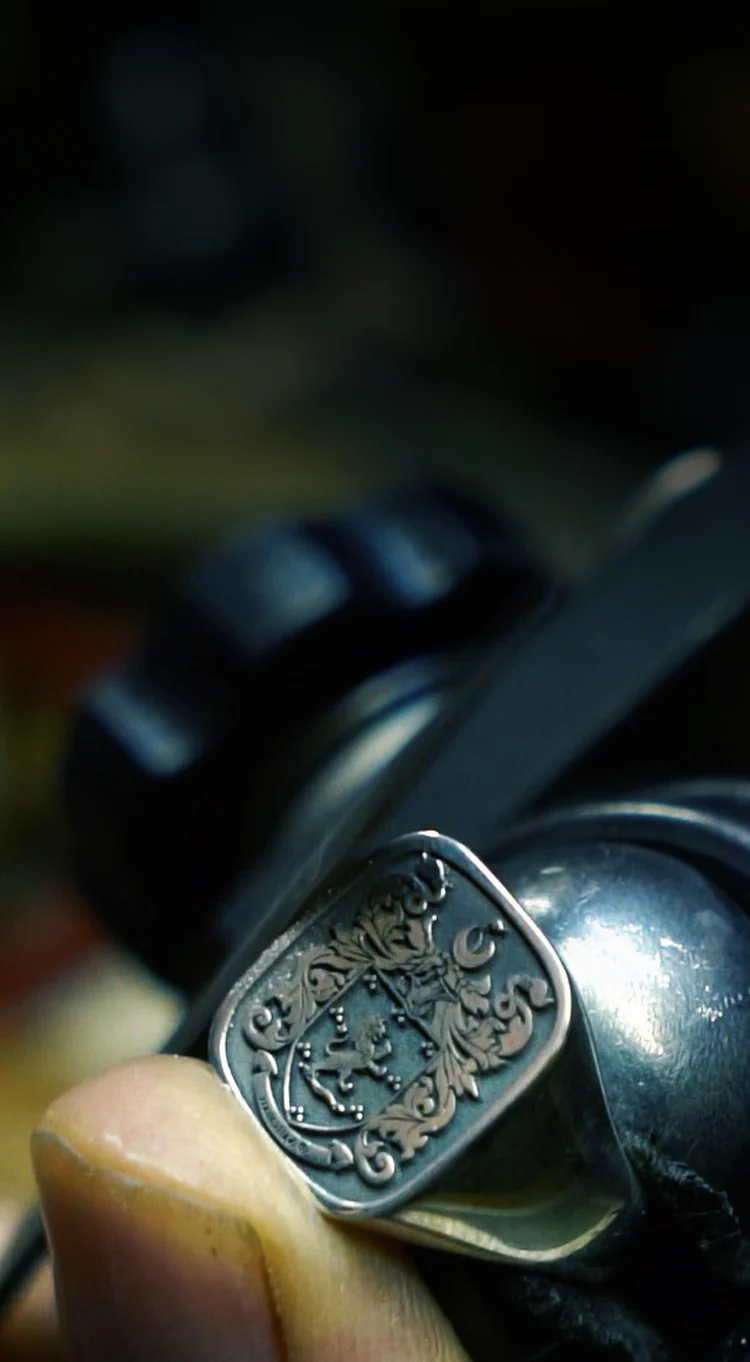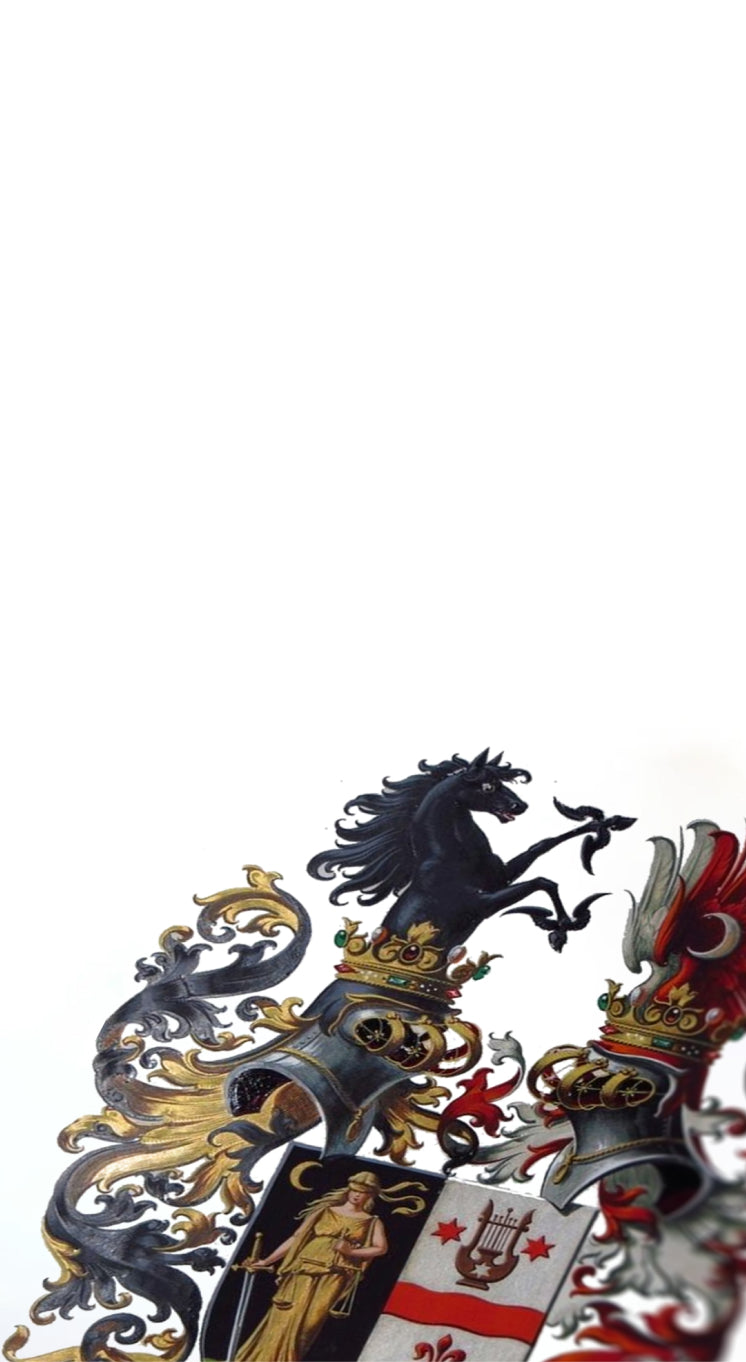The Medieval Church part 2
While bishops and priests worked among the people, guiding them toward God, another group chose a more secluded path. These men built monasteries, dedicating their lives to prayer, work, and worship.


While bishops and priests worked among the people, guiding them toward God, another group chose a more secluded path. These men built monasteries, dedicating their lives to prayer, work, and worship.

THE 3RD CRUSADE . The concept of Knighthood arose among the nobles and an esquires manor was rated according to the number of knights that were required in order to run their fiefdom. This system was in place in England and Germany by the 13th century. Thus these socio-ethnological foundations...
THE 3RD CRUSADE . The concept of Knighthood arose among the nobles and an esquires manor was rated according to the number of knights that were required in order to run their fiefdom. This system was in place in England and Germany by the 13th century. Thus these socio-ethnological foundations...

MEN AT ARMS . The King or Queen normally held manors and feudal baronies, but they could also be held in certain other realms, lay or ecclesiastical. In cases where the vassal held the whole of the manor or barony, he was a baron. Sometimes a barony would be split...
MEN AT ARMS . The King or Queen normally held manors and feudal baronies, but they could also be held in certain other realms, lay or ecclesiastical. In cases where the vassal held the whole of the manor or barony, he was a baron. Sometimes a barony would be split...

The Battle of Bannockburn 1314 . The military followers of the original conquerors in Europe were themselves divided into classes such as yeomen and petty land-holding farmers. From the aristocracy of the conquest of Europe came the knights, the leaders in the wars, and the common gentry, and those who...
The Battle of Bannockburn 1314 . The military followers of the original conquerors in Europe were themselves divided into classes such as yeomen and petty land-holding farmers. From the aristocracy of the conquest of Europe came the knights, the leaders in the wars, and the common gentry, and those who...



